Radiopopper PX Review
I just got some new toys tools for wireless, off-camera flash called Radiopopper PX. What they basically do is take Canon wireless flash technology and make it useful somewhere besides in a dark room with the flashes pointed at each other. You then use the flash system on your flash to set up lighting ratios, manually change the flash settings, use automatic flash without having the light source coming from on top of your camera. Today I took my son and Sounders FC superfan, Kyler, to the park to play with the system. I wanted to test a few things: the High Speed Sync, speed of operation, and a comparison of the eTTL system versus the manual flash adjustments that I usually do. I used a flash 580EX flash on my camera acting as the master unit with a Radiopopper PX transmitter attached to the top of it and two 550EX acting as slaves with the Radiopopper PX receivers attached.
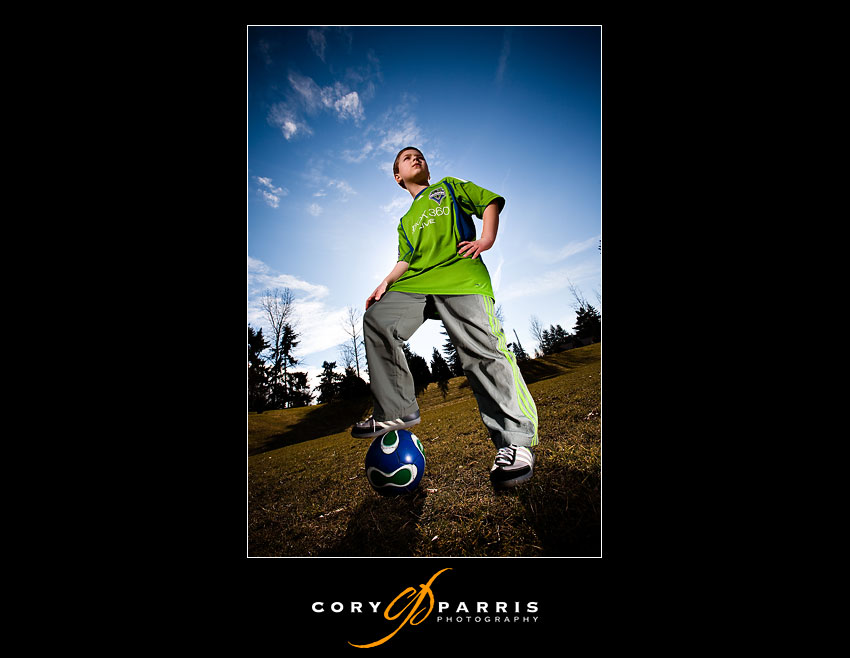
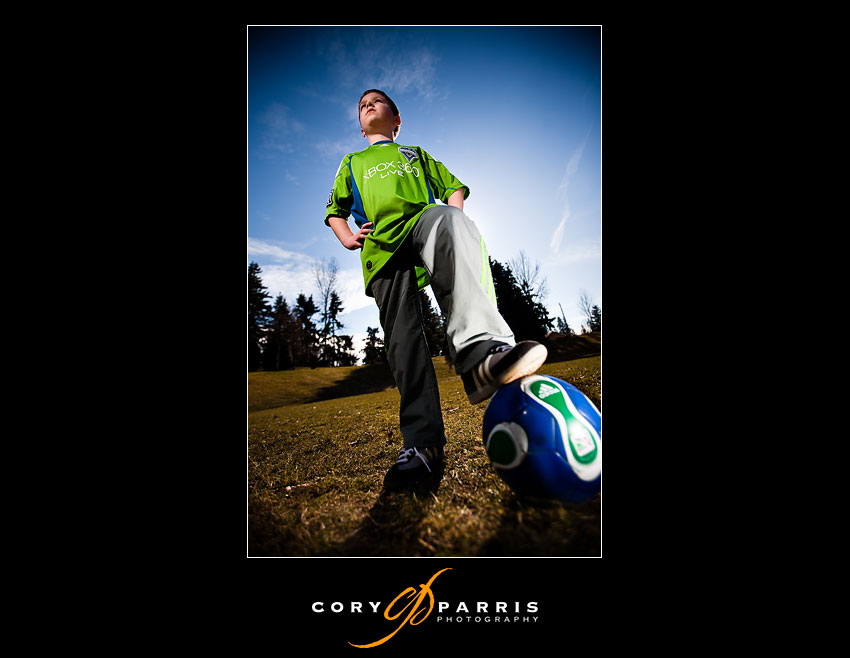


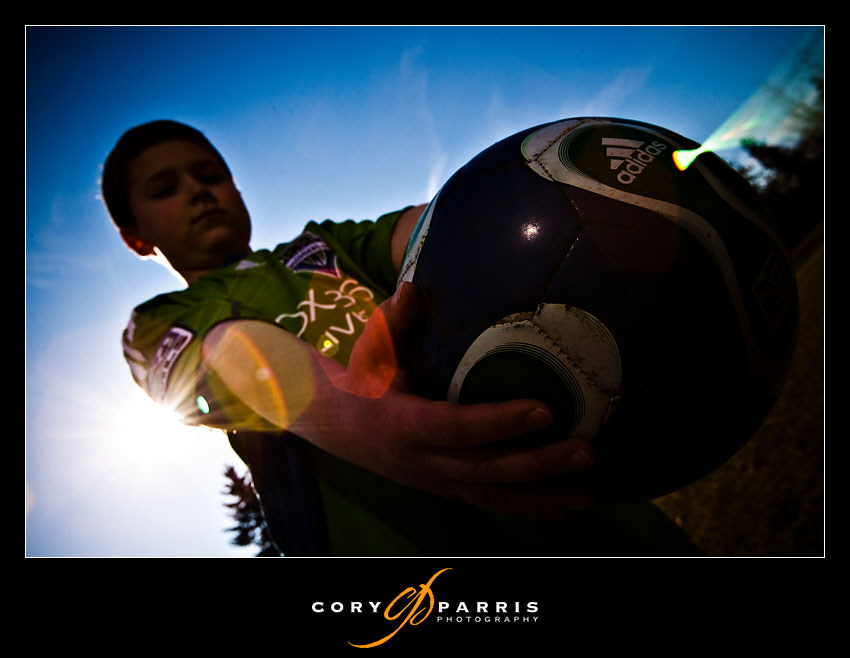

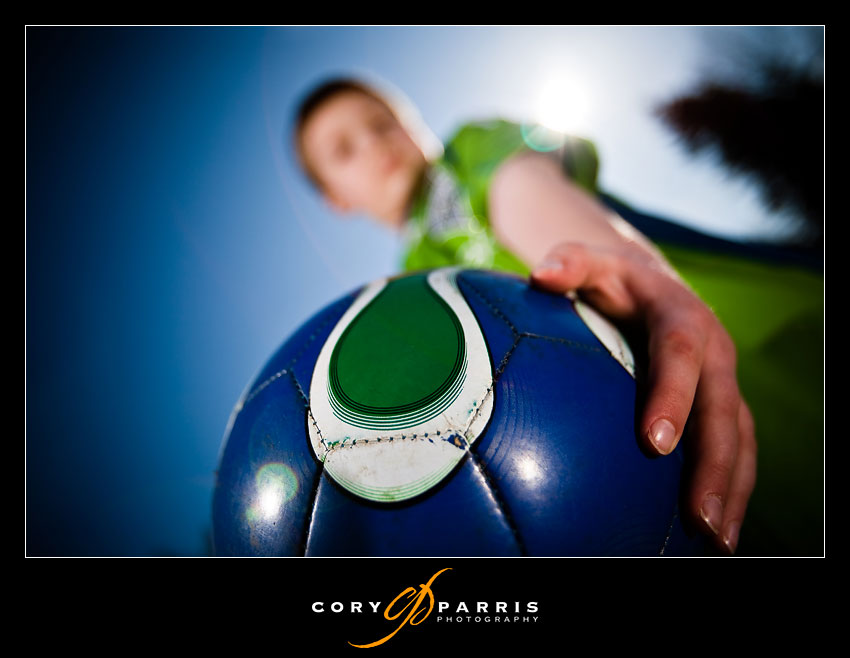


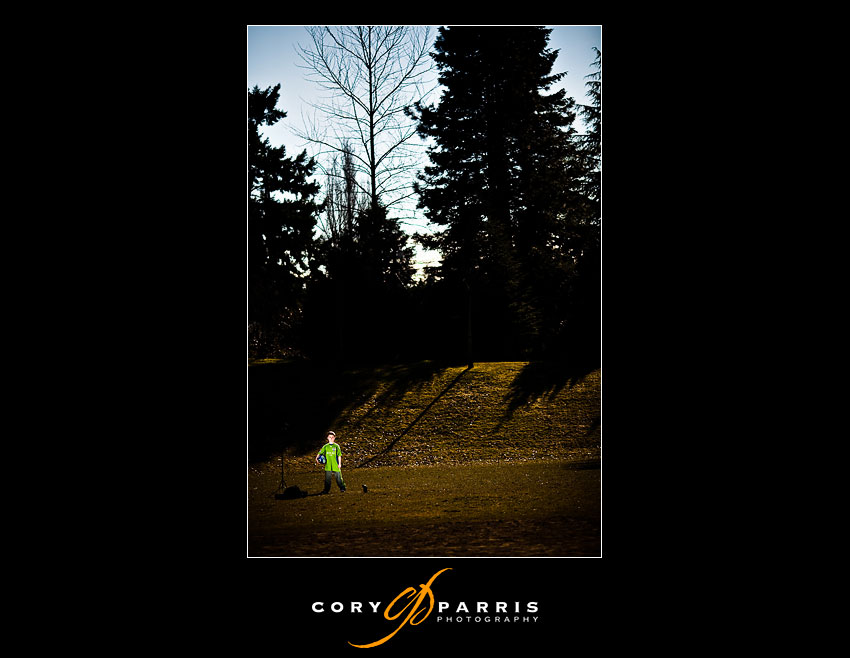
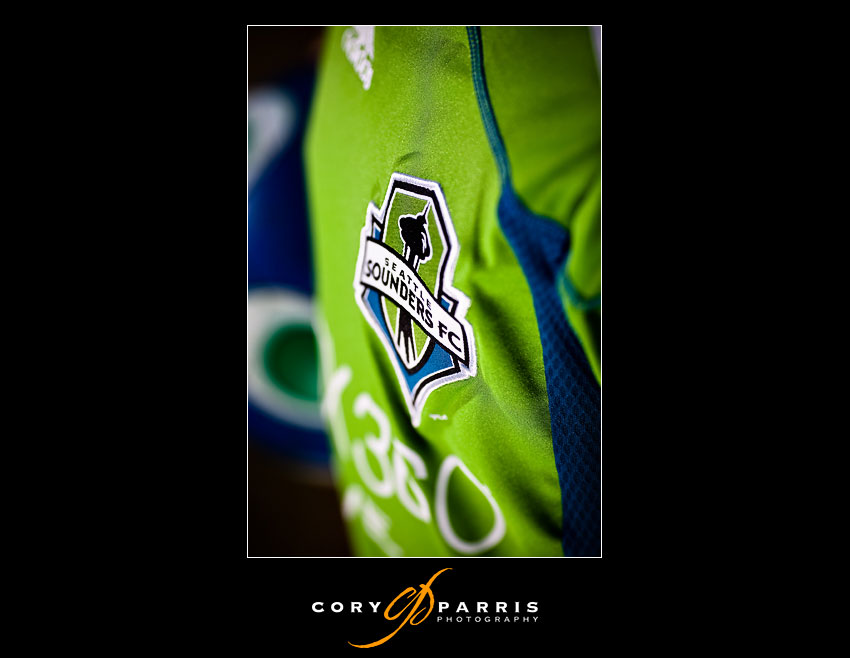
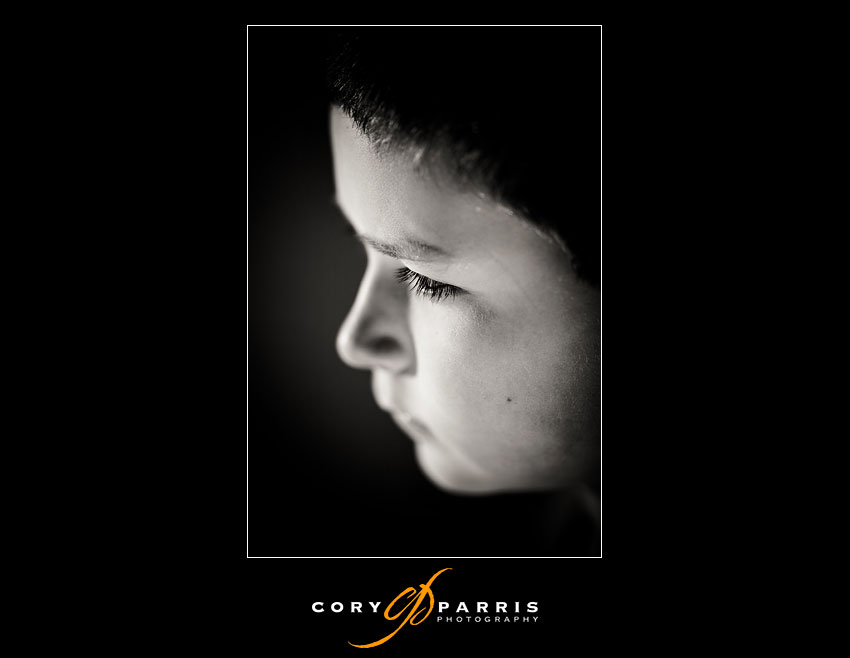
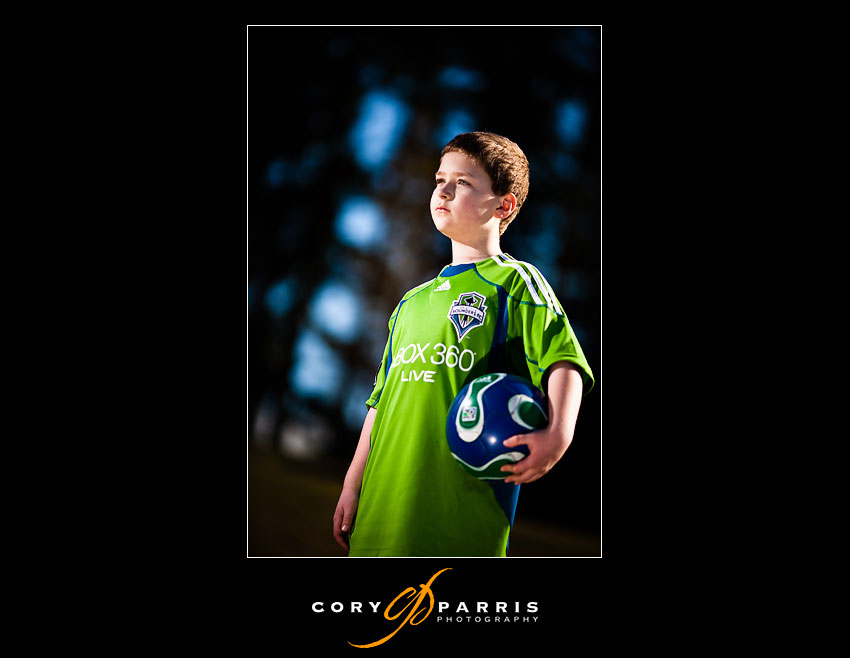
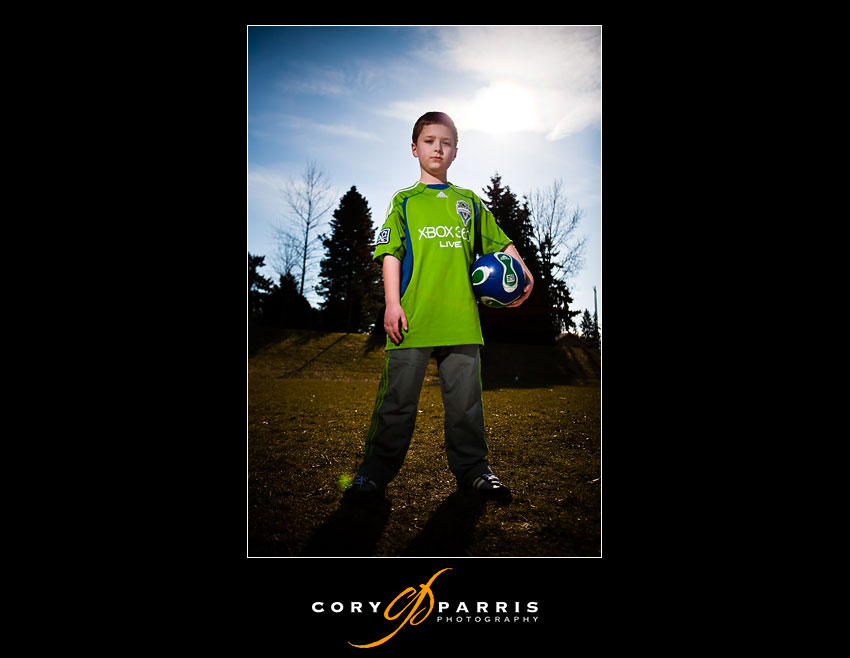

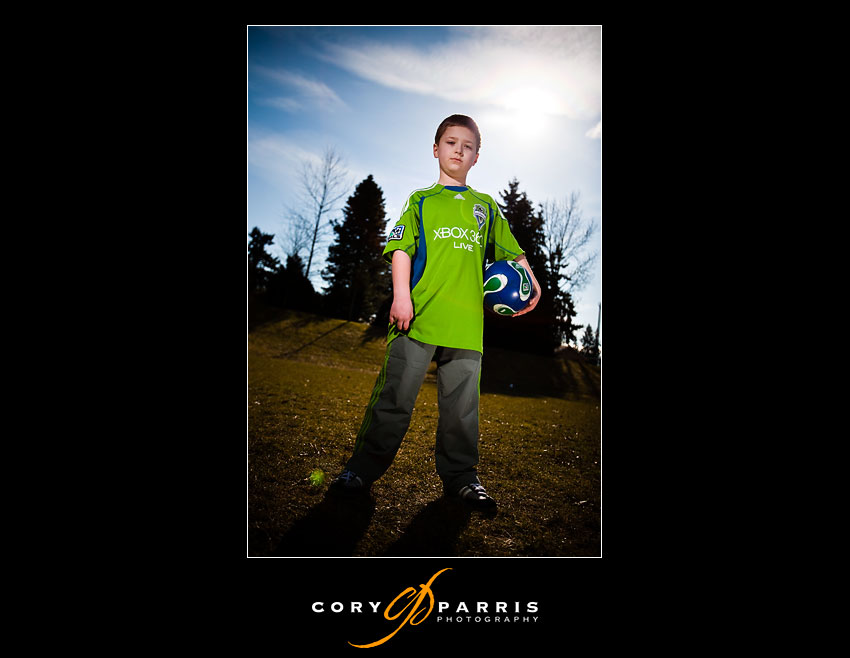
My conclusions are that the Radiopopper PX system works really well for doing portraits. The system fired the flashes every time the flashes were ready and charged. It works well at distance. It provides a reliable system to use the HSS (high speed sync) allowing for flash and shallow depth of field at the same time. And it allows me to change my manual flash settings without going over to the flash and pushing buttons (I can push buttons from wherever I am with the camera).
Where it falls down in my mind is the difficult installation (you actually have to semi-permanently attach it to the flashes you are going to use rather than take it on and off at will) and the fact that it is limited to speed of operation of the Canon wireless flash system. I tested it on motor drive and was able to get only four out of 12 to fire at 1/128 power at three frames per second (frames 1, 2, 3, and 9 of the 12). This was because the Canon master flash was not ready, not because the Radiopoppers or the receiving flashes were not ready.
Edited: I tried the speed test again. The first time I did this, I had the on-camera master flash set to 1/128th power plus it was firing the flash signal to the slave flash. I tried this the same way with very similar results (actually only 1, 2 & 8 out of 12). However, when I changed it so that the on-camera flash was not firing at the time of exposure and was only shooting out the flash signal to the slave, it was able to trigger the flash much more quickly. I was able to get 9 out of the 12 exposures (1, 2, 3, 4, 5, 7, 8, 10 & 11) to fire from the slave.
Finally, I found that I got the results that I wanted most consistently when I used manual flash exposure. The eTTL was right about 75% of the time, but for me being wrong 25% of the time doesn't cut it.
It is a very cool time to be a photographer with all the awesome equipment available!